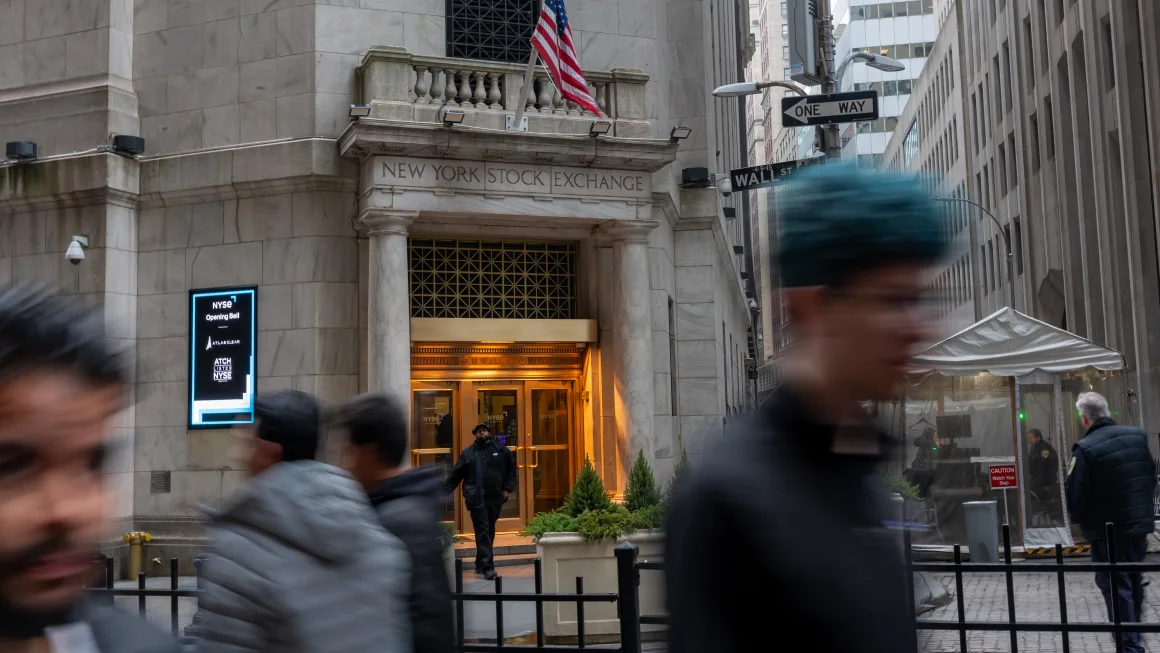As we march into 2024, the investment climate presents a perplexing mix of opportunities and challenges. Despite the initial optimism buoyed Wall Street in the first quarter, subsequent developments have tempered investor enthusiasm. The anticipated interest rate cuts by the Federal Reserve have been delayed due to persistent hot inflation data and unsettling geopolitical disturbances. Yet, amidst these tribulations, the robustness of the US economy provides a glimmer of hope. This article delves into the intricate dynamics of the current financial environment, guided by insights from Michael Arone, SPDR Chief Investment Strategist at State Street.
Three Crucial Market Insights
The Unheralded Performers: Small and Mid-Cap Stocks
Contrary to popular belief, the smaller players in the market, specifically small- and mid-cap stocks, have recently outshined their larger counterparts. This revelation surprises many who are fixated on the prowess of the S&P 500, often perceived as the forerunner of the U.S. stock market. “Most investors think that the S&P 500, especially the Magnificent 7, drives market performance. Surprisingly, mid-cap and small-cap stocks have outperformed since the last time the S&P 500 hit a recent low,” explained Arone. This shift highlights more investment opportunities beyond the usual large-cap favorites.
Debunking the Dominance Myth
The so-called dominance of the ‘Magnificent 7’—comprising tech giants like Amazon and Apple—has not held this year. “Different sectors like industrials and energy have outperformed technology, undermining the perceived concentration in these large-cap stocks,” Arone noted. This suggests a diversification in market leadership, providing a more level playing field for investors seeking growth outside the usual tech-heavy indices.
The Treasury Yield Conundrum
In a historic turn, long-duration U.S. Treasuries have registered negative performance for the first time. This anomaly stems from a complex interplay of higher-than-expected growth, persistent inflation, and increased government debt issuance, contrasting with the traditional economic patterns post-rate hikes. “The confluence of these factors has led to higher interest rates, deviating from the expected decline following the Fed’s intervention,” Arone pointed out.
In navigating the murky waters of today’s investment landscape, it’s imperative to look beyond conventional wisdom. The unexpected outperformance of smaller stocks, the debunked myths of market concentration, and the peculiar behavior of long-duration Treasuries all signal a more nuanced reality in the financial markets. As Michael Arone suggests, understanding these subtleties can equip investors to make more informed decisions, potentially reaping benefits from less-trodden paths. As we witness shifts in economic indicators and policy directions, staying informed and agile will be key to investment success in 2024.




















